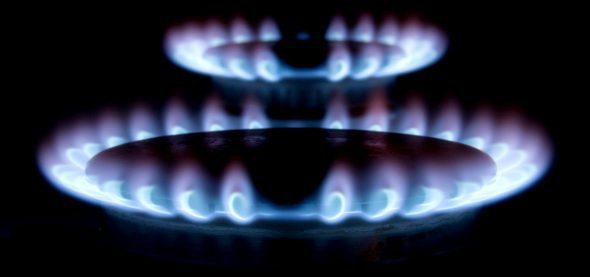Hang on, this wasn’t suppose to happen! Australia’s switch to wind and solar was supposed to cause a huge jump in the need for gas as “back-up” and cause an energy price hike from which the country’s economy could never recover.
At least that’s what conservatives would tell you. But it turns out the opposite is occurring, and the record-breaking roll out of wind and energy actually means less need for gas generation for the moment, so less pressure on supplies, and falling prices.
According the Australian Energy Market Operator’s annual gas market outlook, known as GSOO (Gas Statement of Opportunities), the thousands of megawatts of solar and wind generation in the development pipeline is forecast to reduce the east coast’s reliance on gas-powered generation for electricity.
This will take the pressure of prices and production.
“Alongside international market changes, newly committed electricity generation resources have resulted in a favourable increase of gas availability for the east-coast market,” said AEMO’s executive general manager of planing and forecasting, David Swif.
“With over 4,000 megawatts (MW) of wind and solar coming online in the next two years, our forecasts show that gas-powered generation (GPG) demand could be even lower than the projections in our 2017 GSOO, as the role of GPG transitions to focus more on meeting demand when renewable generation is low,” he said.
The table below shows the various demand for gas, which is dominated by LNG exports (red), with gas generation (orange) tipped to fall significantly over the next decade before regaining some ground as more coal generators retire.
The outlook offers a welcome change from last year, when the GSOO forecast a shortfall in gas supplies, starting within the next two years.
As we reported at the time, that “very small” shortfall was quickly whipped into a “gas supply crisis” by a federal government looking to justify its support of expensive new gas fields and pipelines in Australia’s north.
This sparked fierce debate in the energy industry, with many arguing that simply turning up the tap for gas supply would do nothing to lower prices, and that other kinds of government intervention would be needed.
But it’s unlikely anyone within federal government ranks – where every effort was being made to slow the progress of renewable energy development, particularly in states like South Australia – that the run-away renewables market might be a part of the solution.
As AEMO notes, this year’s GSOO reflects the ongoing interdependency between Australia’s gas and electricity industries, and more specifically, the ability of renewable generation to take the pressure off gas-powered generation for electricity.
The report also reflects the connection between Australia’s domestic and international gas markets, as minor changes in LNG exports provide additional supply to the east-coast.
“The international oversupply of LNG capacity and the emerging spot Asia-Pacific LNG market means that international buyers are forecast to source less gas from Australian LNG producers in the short-term,” said Swift.
“Coupled with the current supply conditions on the east coast, this will mean that LNG producers will be able to provide up to eight petajoules more than previously expected to the domestic market, which is a minor, but favourable addition to the east coast’s dynamic supply demand balance.”
The forecast reduction in LNG exports has also coincided with a seven petajoule net increase of east-coast domestic production and a new Northern Gas Pipeline, which will be able to supply up to 90 terajoules of gas a day to Mount Isa from December 2018, the report said.
The release of AEMO’s GSOO comes one day after Bloomberg New Energy Finance released its latest long-term energy outlook, which predicted that renewable energy would supply 92 per cent of Australia’s electricity by 2050.
“The future grid will be underpinned by cheap wind and solar, with batteries and pumped hydro helping to smooth out the variability, and with more expensive gas acting as a fail-safe,” said Kobad Bhavnagri, head of BNEF in Australia.
“New technology has set a path for Australia to achieve near-zero emissions power by 2050.
On gas, BNEF said capacity would need to increase from 18GW today to 23GW in 2050, “to provide reliable supply in the rare periods when the wind is not blowing and the sun is not shining.”
For coal, however, the news is all bad. Bloomberg NEF sees its share of the generation mix falling from 25GW in 2017 to 18GW in 2030, and just 6GW in 2040. In effect, more flexible gas stays while inflexible coal goes.
By 2050, BNEF expects coal to be gone almost completely from Australia’s generation mix – although the report does stress that this is “assuming there are no government attempts to save it with subsidies.”
Note: Energy minister Josh Frydenberg and Resources Minister Matt Canavan issued a statement on Friday morning saying that government intervention had eased pressures in the gas market. The joint statement made no mention of renewables.








